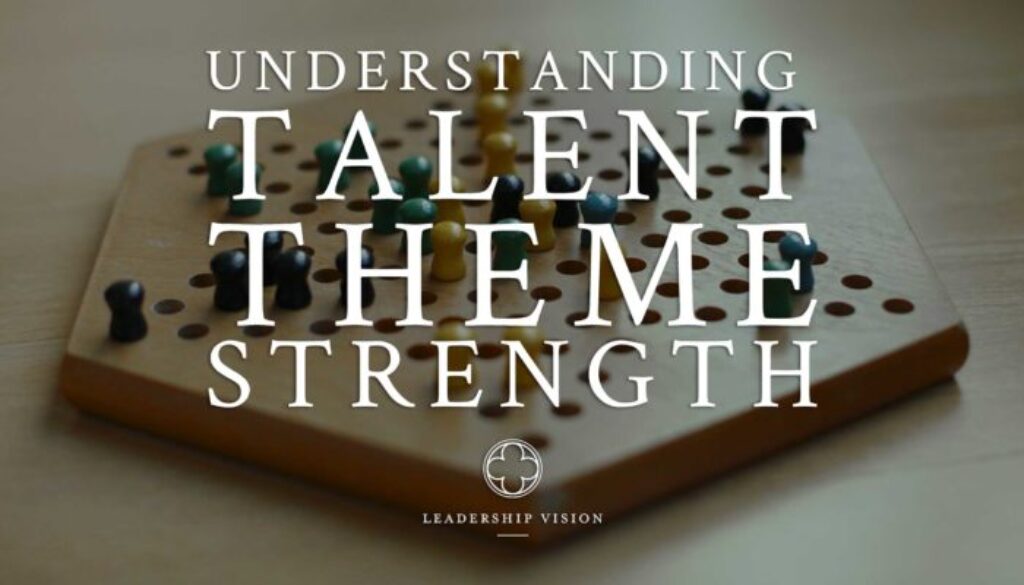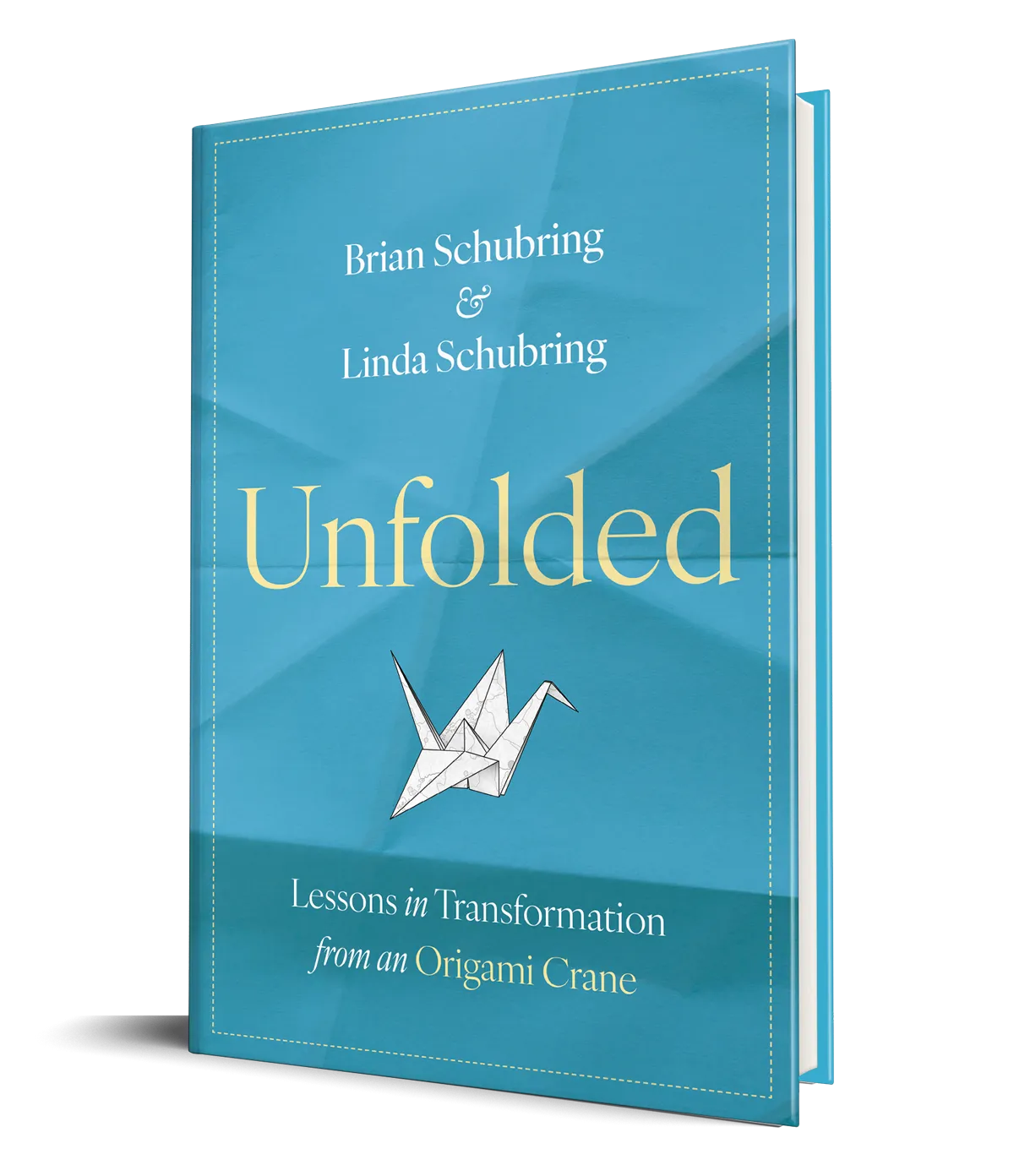Understanding the Difference Between Talent, Theme and Strength
At Leadership Vision, we believe in using images as a means to teach and communicate more clearly. As I have been in my on-boarding as a Consultant, Brian encouraged me to look at how we teach our Strengths terminology, in a fresh and image-driven way.
In our Education Session, we level the playing field, as it relates to individuals’ understanding of personal StrengthsFinder™ themes and Strengths based behaviors. The key terms we define are “Talent”, “Theme”, and “Strength”.
As I prepared for my most recent Education Session engagement, I discovered an image that helped me more clearly communicate these terms.
Chinese Checkers
Chinese checkers is a board game of German origin which can be played by multiple players, playing individually or with partners. The objective is to be first to race one’s pieces (10 total marbles per player) across the hexagram-shaped board into the star corner on the opposite side of the board – “home” – before opponents do the same. Players do this by using single-step moves or moves that jump over other pieces (their own or other players’).
If players move their marbles one space at a time, they will eventually reach the other corner of the game board, but it will take much longer than players who take the more collaborative tactic. The greatest success comes when you use your own marbles and the marbles of other players to “jump” to the other side of the gameboard. By doing this, you are able to move multiple spaces at a time.
Leveraging Your Talents
Gallup has determined there are 34 Themes of Strengths. Each Theme is a grouping of 14 individual Talents. These are patterns of thought, feeling and behavior that come naturally to you – things you do without thinking about them. Two people who have the same Theme of Strength will not necessarily share the exact same 14 talents. Since Talents are the building blocks that make up a Theme, it is important to understand the individual Talents behind each of your 5 Themes of Strength. The 34 Themes are a way to wrap our minds around similar talents.
Now, imagine your Chinese Checkers’ game pieces represent the various Talents within a Theme of Strength. Let’s say my green marbles represent the Talents I possess within the StrengthsFinder Theme of Achiever. Other players’ colors represent one of their Themes of Strength and their marbles represent talents they have within that particular Theme of Strength (Developer, Strategic, etc).
When I understand the Talents which comprise my Theme of Achiever, and begin to realize how these Talents are at play in my daily life (personal, professional, social), I can use them to my advantage and to the advantage of others. Likewise, when I understand the Talents in the StrengthsFinder theme of Developer my husband has, I am able to leverage these in our marriage, our parenting, and even in my profession.
At Leadership Vision, we teach the importance of leveraging your own Talents and the Talents of others. By leverage, we mean to use them, in a generative way, to achieve a desired result. If someone playing Chinese Checkers, spreads their marbles across the board, far away from the marbles of others, she will have a very difficult time achieving her goal. But, as she adapts to the changing game pieces, she is able to leverage her own marbles and those of others to achieve great success.
When a Theme Becomes a Strength
The words “Theme” and “Strength” are often misused or misunderstood. Simply put, a “Theme” is a grouping of talents. A “Strength” is a Theme which has been productively applied. At Leadership Vision, we call this “generative”, meaning it brings life to you and gives life to others. The image of “jumping” in Chinese Checkers is a great visual representation of a Theme becoming a Strength. When I understand where my talents are at work and as I pay attention to the talents of others, I am able to anticipate both opportunities and challenges, and adapt to the needs of my team members, thereby, productively applying talents in a way that is mutually successful.
The more you play Chinese Checkers, the more you discover the strategy behind leveraging your marbles (talents) and the marbles of other players. Adaptive jumping is critical to success in Chinese Checkers, just as adaptive positioning of talents is essential in Themes being refined into Strengths. Our Strengths are always maturing and being sharpened. They point to our greatest potential.
Your Talents
How are you leveraging the talents of those around you to achieve your greatest potential? If you sense you are isolated on the gameboard (in your personal or professional life), how could you reposition your talents, coming alongside the Themes of Strength in others, for mutual success?





